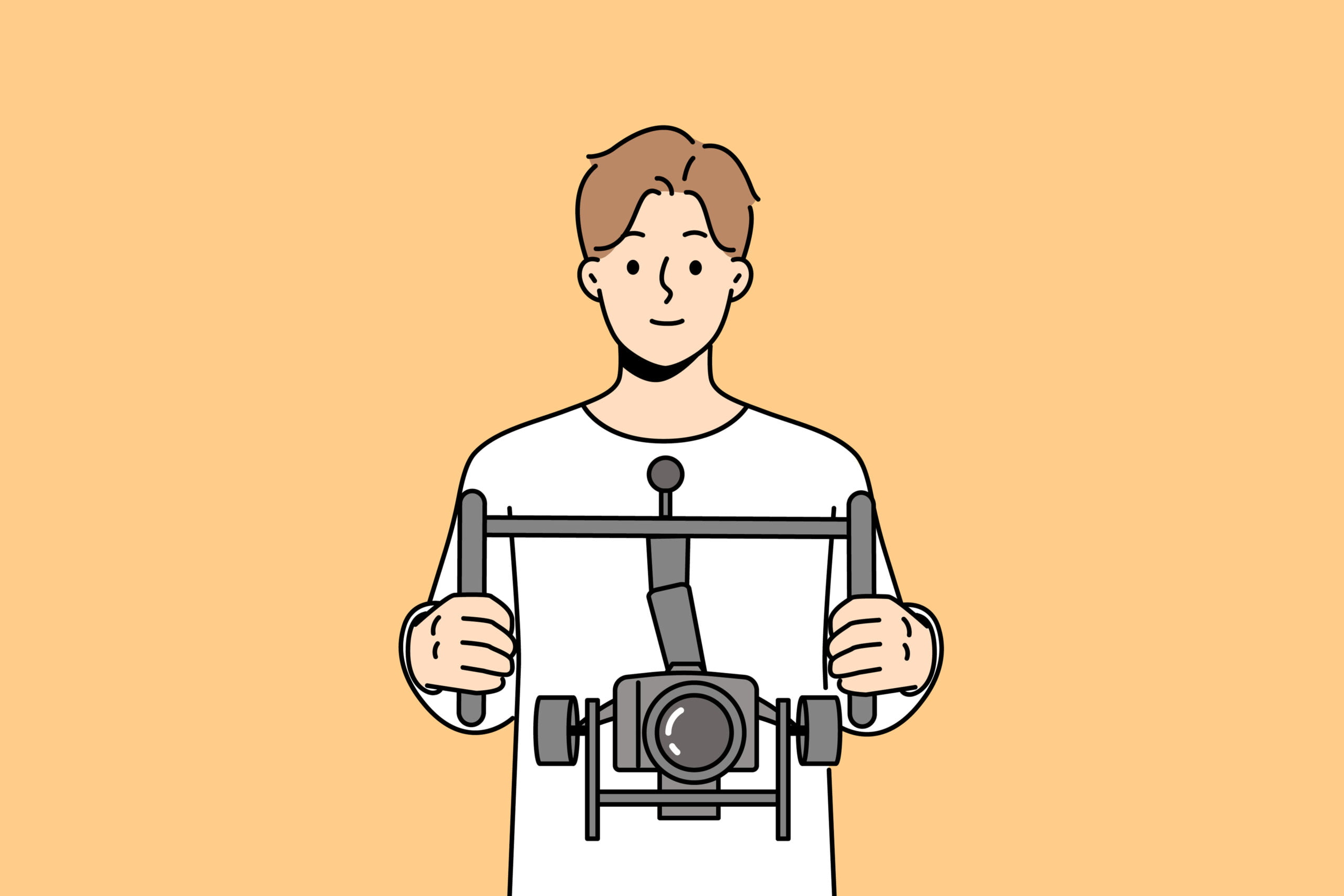
The Difference Between Recording Videos With and Without Stabilizer
Last Updated: March 25, 2024
Video production has never been as accessible as it is today. With the evolution of cameras in smartphones and digital cameras, anyone can easily create visual content. However, one of the questions that often comes up is what difference a stabilizer can make to video quality. In this article, we’ll explore this significant difference between shooting video with and without a gimbal.
Shoot Without Stabilizer: The Challenges of Instability
When shooting video without a gimbal, especially with lightweight cameras like smartphones, it’s common to experience a number of jitter challenges. Some of these challenges include:
Shakes and Vibrations: The simple task of holding a camera in your hand can result in shakes and vibrations that translate into shaky and choppy videos. This can distract the viewer and reduce the perceived quality of your content.
Sudden Movements: Any sudden movement, such as walking or quickly turning the camera, is amplified without a gimbal. This can lead to videos with jerky and unpleasant movements.
Difficulty Focusing: Keeping focus on a moving subject is a tricky task without proper stabilization. The result is blurred videos with sharpness issues.
Creative Limitations: Without a stabilizer, you are restricted in terms of creativity. Smooth camera movements, elegant pans and motion shots are harder to achieve.
Record With Stabilizer: Clear Benefits
Now, let’s see how using a stabilizer can make a substantial difference to your video quality:
Reduction of Shakes and Vibrations: The main benefit of a gimbal is the significant reduction of tremors and vibrations. This results in smoother, more professional videos, creating a more enjoyable viewing experience.
Smooth Movements: With a gimbal, you can perform smooth camera movements, such as pans and sideways movements, without the jerks and hiccups associated with handheld shooting.
Greater Accuracy: Stabilization allows for more precise camera control, making it easier to stay in focus on a moving subject and get sharper, sharper videos.
Creative Freedom: With a stabilizer, you have the freedom to explore your creativity. It can create high-quality videos with a variety of motions and perspectives, making your content more engaging.
Stabilizer vs. Stabilization Software: It is worth mentioning that some video editing software offers post-production stabilization features. While these features can improve the quality of video shot without gimbals, they cannot fully replicate the benefits of a physical gimbal. Stabilization while recording is key to getting the best results.
Conclusion: Investing in Stabilization Pays Off
In summary, the difference between recording video with and without a gimbal is remarkable. A gimbal provides greater stability, smoothness and precision to your video recording, resulting in better quality and more professional content. While advances in camera technology continue to make video production more accessible, investing in a stabilizer is still a smart choice for anyone looking to raise the quality of their audiovisual creations.
As you progress through your video production journey, keep in mind that the stabilizer is a valuable tool that can make a significant difference in the perceived quality of your content. With a stabilizer, you are well on your way to creating more attractive, captivating and professional videos.
*(Some articles may have been written or structured with Artificial Intelligence, but they were all reviewed, improved and rewritten by a Human.)
**(May Contain Affiliate Links. It means I may earn a commission every time you click on one of the external links, but do not worry. There is no additional cost to you, on the contrary, Sometimes you can even have extra benefits and discounts. And you will be helping to maintain the blog. For more detailed information consult my Affiliate Disclosure Statement)







2 thoughts on “The Difference Between Recording Videos With and Without Stabilizer”